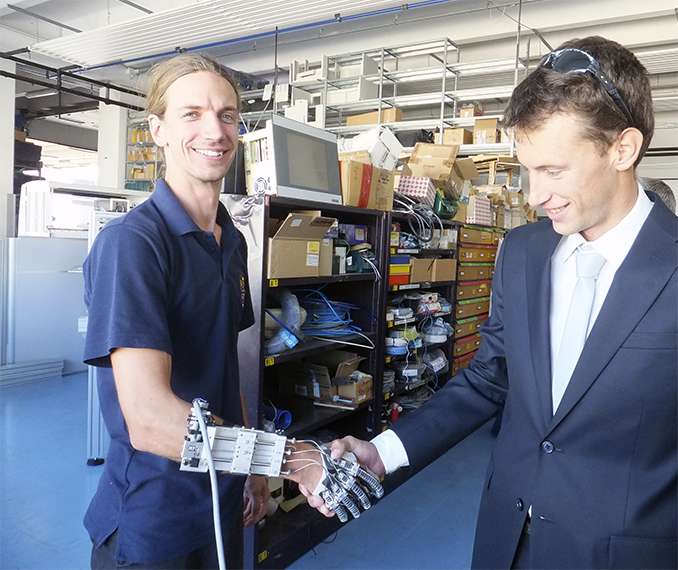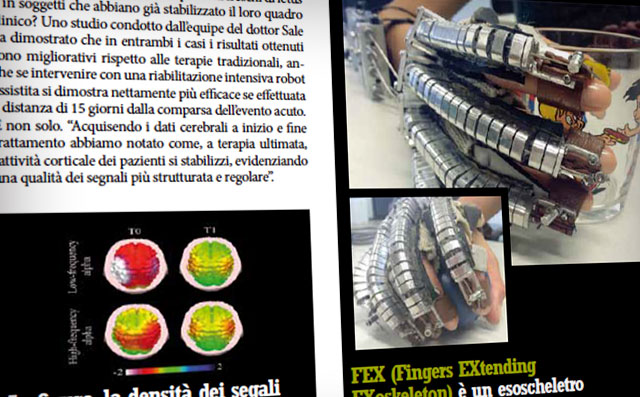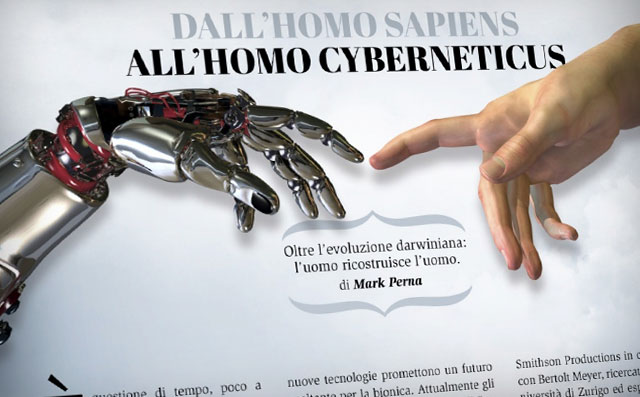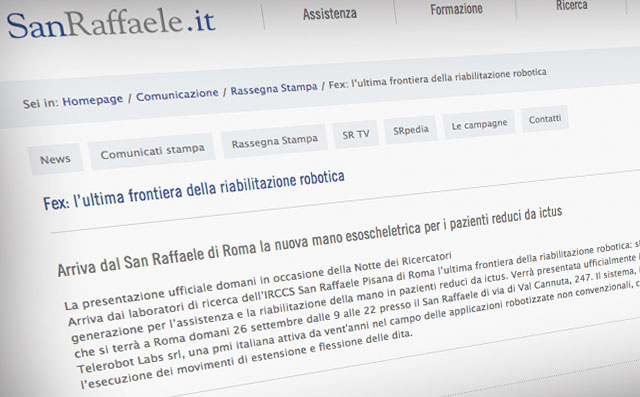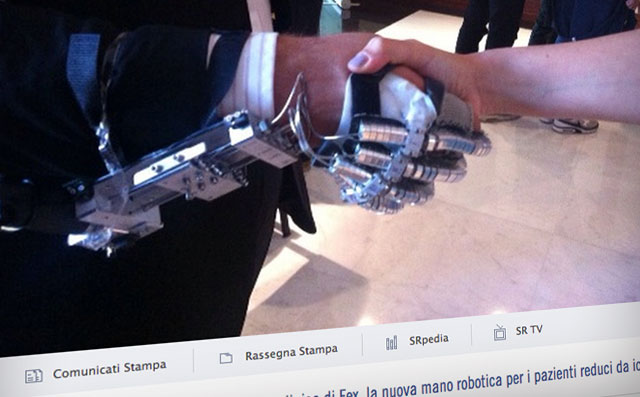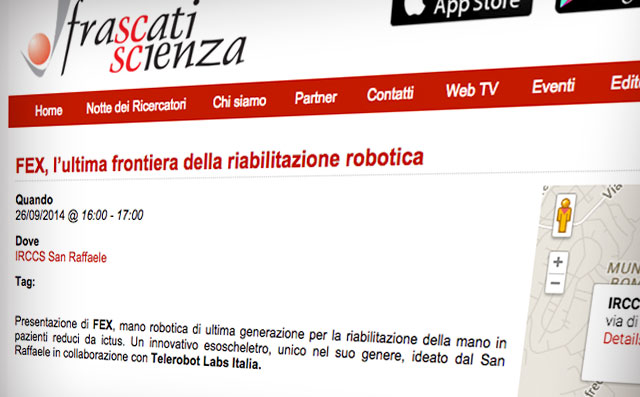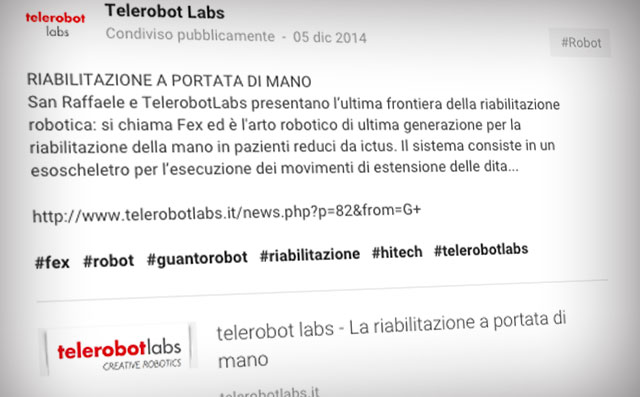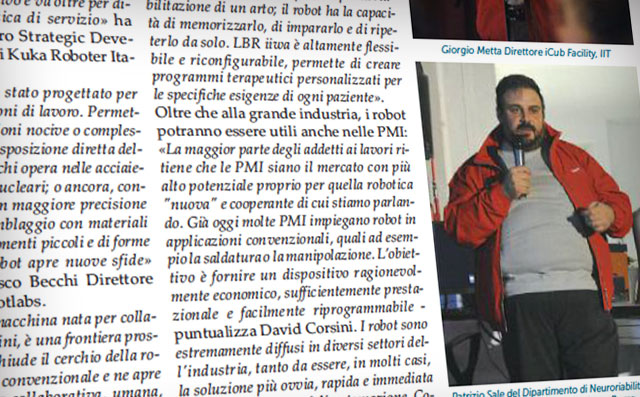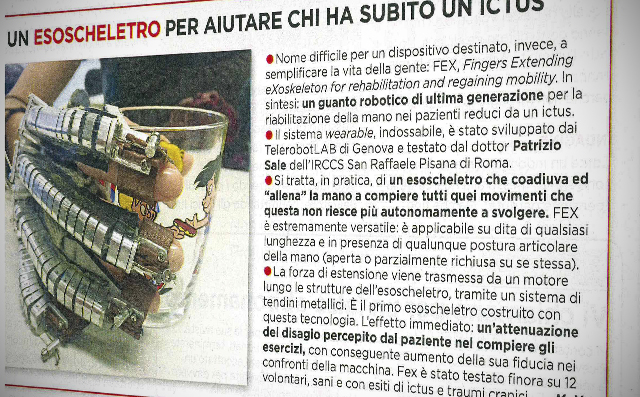Patrizio Sale
Patrizio Sale received a B.S. degree in Medicine from the University of Rome Sapienza and Ph.D. degrees in Human Pathology from the University of Rome, Sapienza.
He received a Specialization in Clinical Pathology from the University of Rome, Sapienza and Physical and Rehabilitation Medicine from the University of Rome, Tor Vergata.
The major research interests of Dr. Sale are the human interactions in the Robotics device and tele-rehabilitation system in clinical use.
He is also very interested in technology transfer to industry for everything concerns rehabilitative robotics device.
During his research experience, Dr. Sale acquired expertise in field of neurorehabilitation particularly in the upper and lower limbs robotics and prosthetics, action observation treatment in Stroke and Parkinson,
Virtual Reality and Telerehabilitation promoting studies on neurorehabilitation of Stroke, Parkinson disease,
Multiple Sclerosis and in the last years his work has been focused on the role of innovative technologies, particularly Robotics and Telerehabilitation, to implement the recovery of neurological patients.
in collaboration with

telerobot labs designs, develops, manufactures, qualifies and delivers to operation high complexity instrumental goods in the field of robotics,
mechatronics, special machines for service companies, product manufacturing companies, and research organizations.
A strong background of skills, experiences, knowledge, a wealth of human, technical and organizational resources and, above all, to have already faced – in over than twenty years of history –
high complexity operations allows telerobot labs to give its Customers what they expect: competence, collaboration, concreteness, understanding of the need. In one word: solutions.
Le nostre principali attività sono: robotica per oil & gas, per il nucleare, medicale e di servizio avanzata, macchine speciali per l’industria, ingegneria.
Our main activities: robotics for oil & gas applications, for nuclear applications, medical and advanced service, special machines for industry, engineering
